Understanding context Reading Worksheets for Ages 4-6
5 filtered results
-
From - To
Discover our "Understanding Context Reading Worksheets" designed specifically for children ages 4-6. These engaging printable worksheets aim to enhance young learners' comprehension skills by teaching them how to grasp the meaning of words through context. With colorful illustrations and interactive exercises, children will practice identifying key clues in texts, helping them become confident readers. Each worksheet encourages vocabulary development while fostering critical thinking abilities through fun activities. Perfect for use at home or in the classroom, our worksheets provide a solid foundation for early reading success. Join us in making learning enjoyable and effective with our tailored resources for young learners!
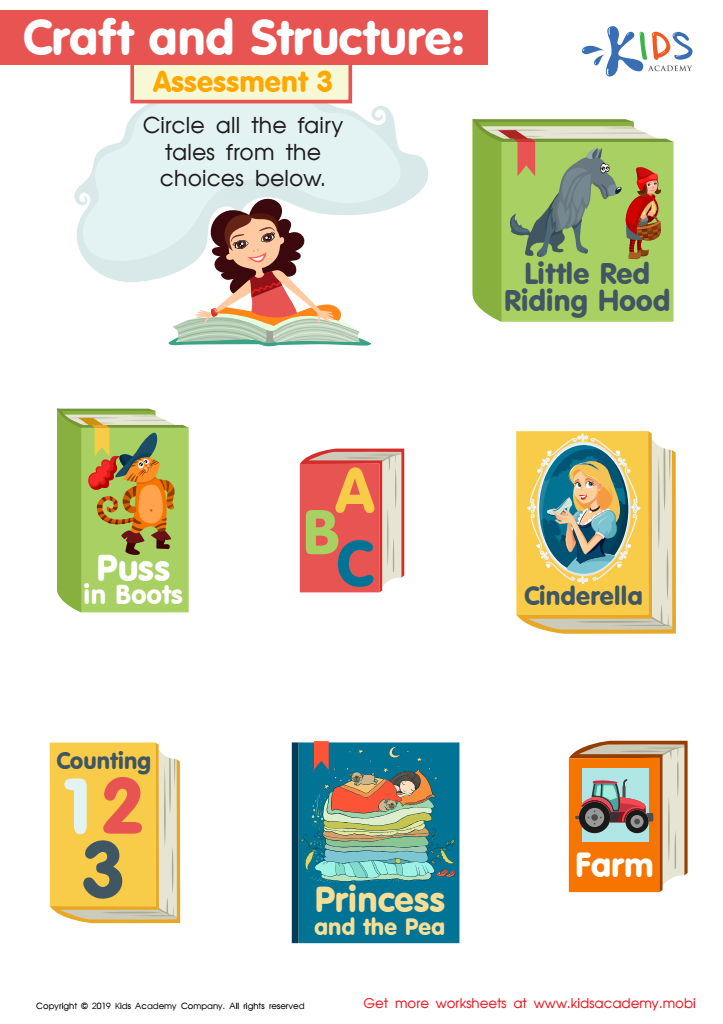

Craft and Structure: Assessment 3 Worksheet
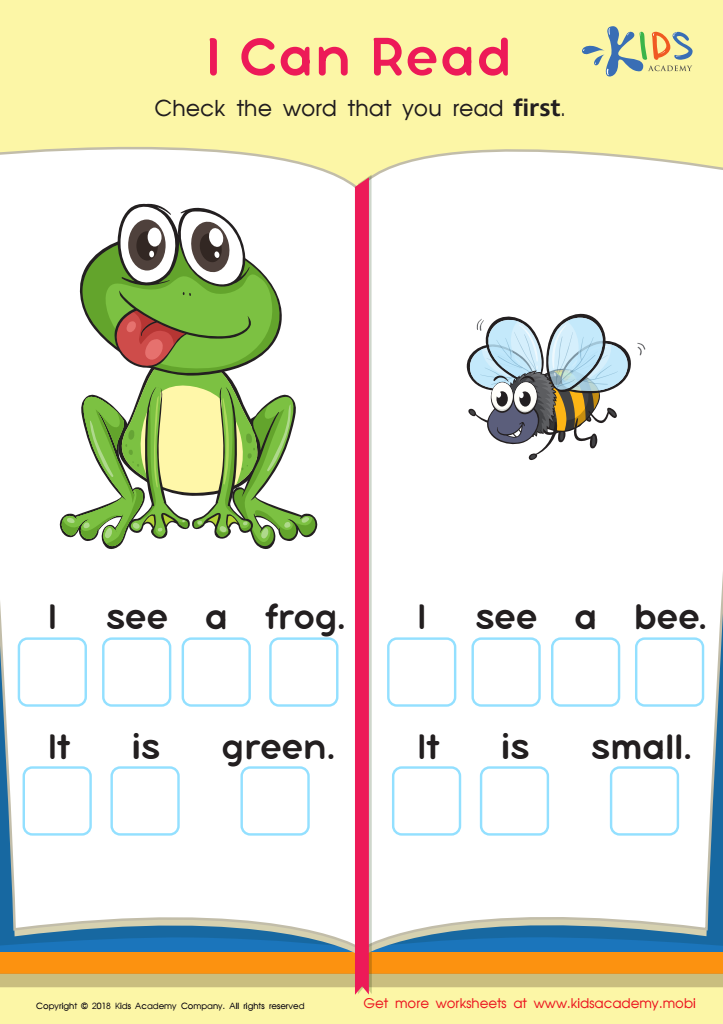

I Can Read Worksheet
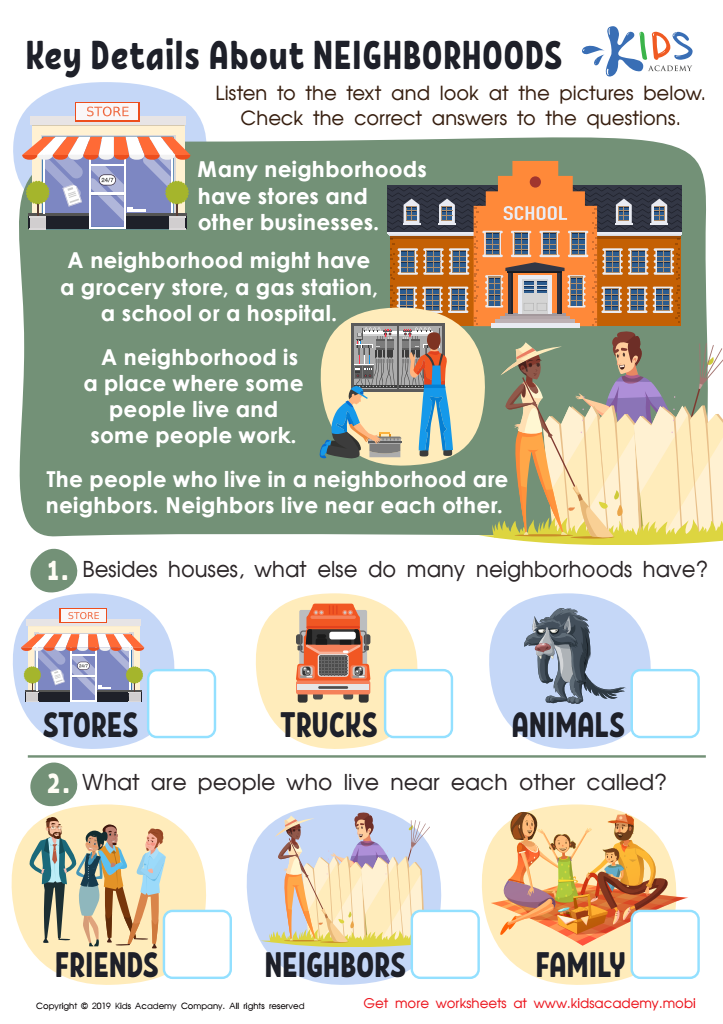

Key Details Neighborhoods Worksheet
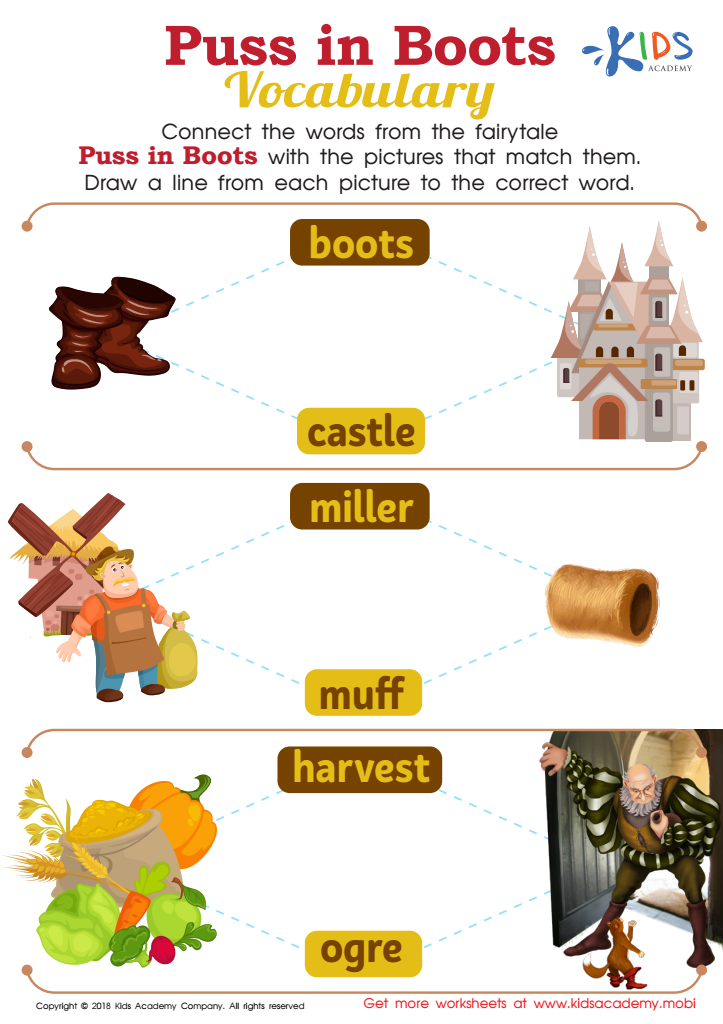

Puss in Boots Vocabulary Worksheet
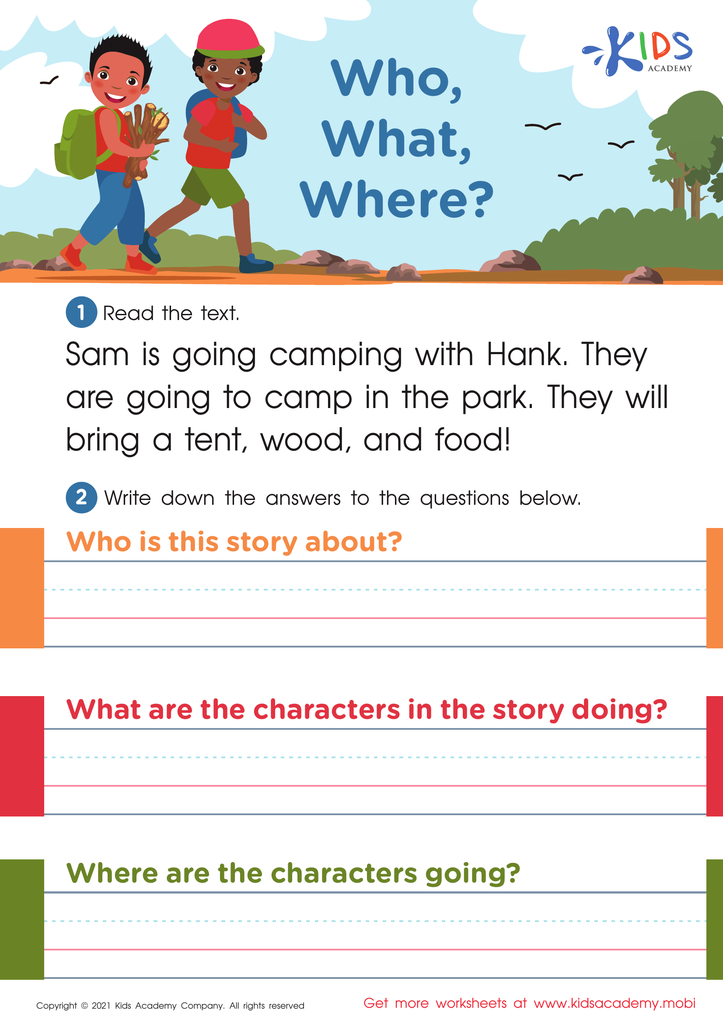

Who, What, Where? Worksheet
Understanding context is crucial for reading development in children aged 4-6, as it lays the foundation for their comprehension skills. This age group is characterized by curiosity and a capacity for absorbing new information, making it a perfect stage to teach them how to interpret the environment surrounding words and stories. When parents and teachers emphasize contextual understanding, they equip children with the ability to grasp meanings beyond the text itself.
Context helps children make connections between their experiences and what they read, enhancing their overall comprehension and engagement. For instance, understanding the setting, emotions, or motives of characters can deepen their appreciation of stories. Additionally, as children learn to recognize the context, they become better at predicting outcomes and asking relevant questions, which are vital skills for lifelong learning.
Moreover, recognizing context fosters critical thinking. When children can analyze and interpret various elements of a text, they build a repertoire of comprehension strategies they can use across all subjects. Ultimately, fostering an understanding of context empowers young learners to become more proficient readers, lovers of literature, and insightful individuals, benefiting their academic and personal growth.

 Assign to My Students
Assign to My Students



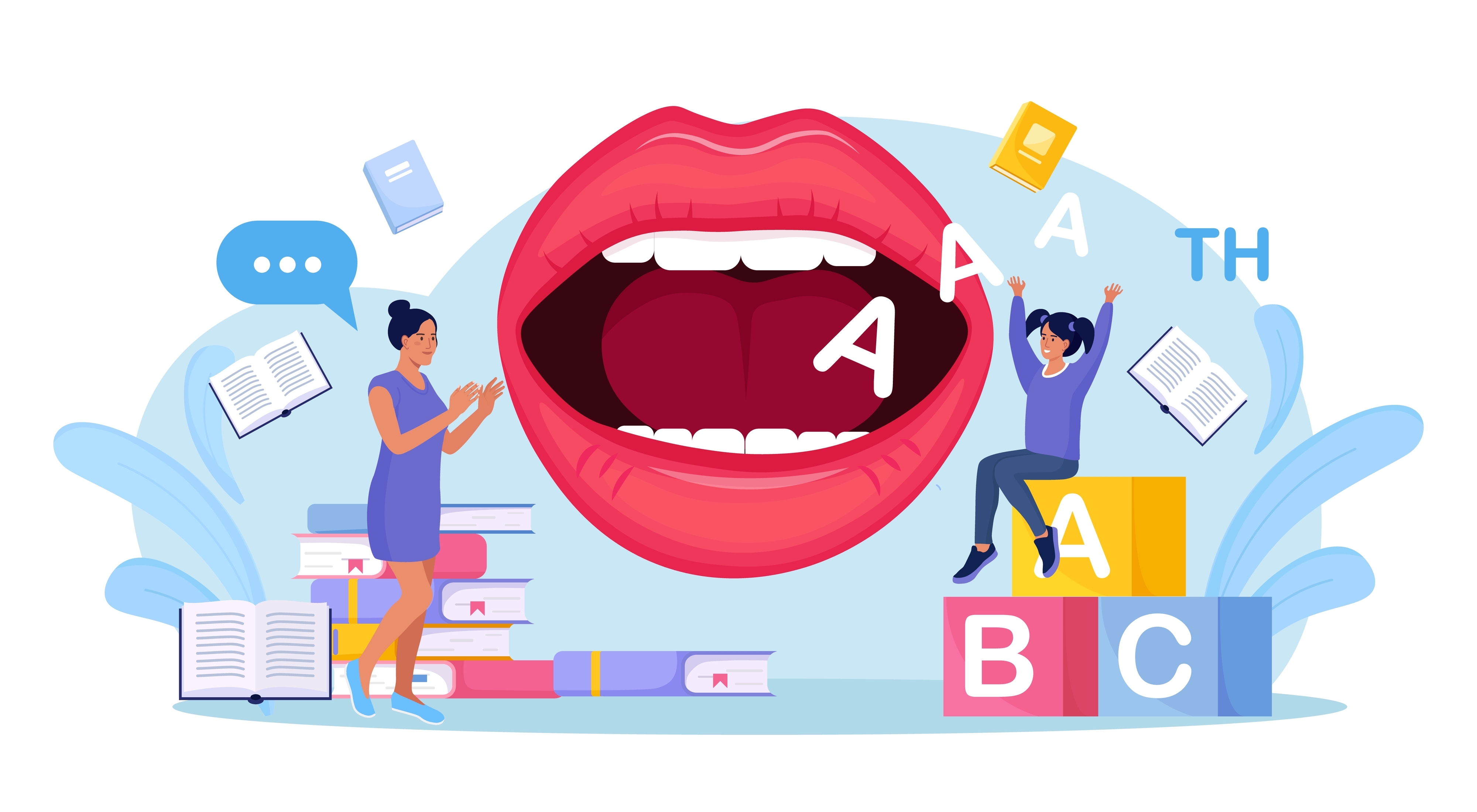
.jpg)











